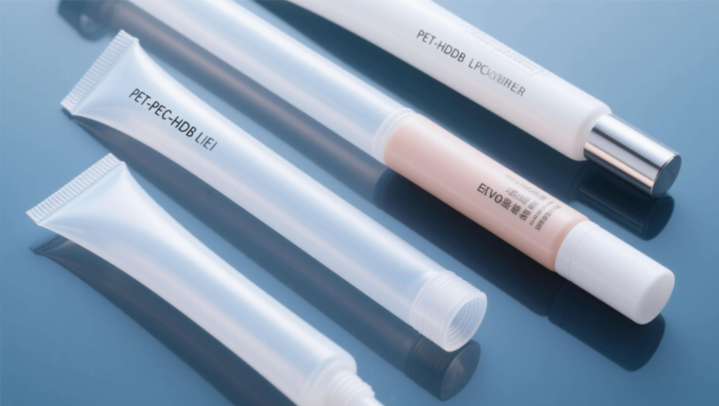2025-05-08
This article delves into the common types of plastic hoses used in cosmetic packaging. It thoroughly analyzes the advantages and disadvantages of each type, including PET, HDPE, LDPE, PVC, and EVOH composite hoses. By exploring their features, applications, and environmental implications, it offers comprehensive guidance for making informed decisions on cosmetic packaging materials.
Details
Cosmetic packaging often relies on plastic hoses for their versatility and functionality. Here are the most commonly used types and their pros and cons.
1. Polyethylene Terephthalate (PET) Hoses
PET hoses are known for their high clarity, allowing consumers to see the product inside. They offer excellent barrier properties against moisture and gases, preserving product quality. Lightweight and durable, they are recyclable, making them an eco-friendly choice. However, they can be less resistant to high temperatures and may crack under extreme conditions.
2. High-Density Polyethylene (HDPE) Hoses
HDPE hoses feature high impact resistance and chemical stability, making them suitable for products like creams and lotions. They are cost-effective and have good rigidity, maintaining their shape well. But their opaque nature limits visual product display, and they have lower barrier properties compared to some other materials.
3. Low-Density Polyethylene (LDPE) Hoses
LDPE hoses are flexible and soft to the touch, providing a comfortable squeezing experience. They are easy to process and can be molded into various shapes. These hoses are affordable but have relatively poor barrier performance against oxygen and moisture, which may shorten product shelf life if not properly combined with other layers.
4. Polyvinyl Chloride (PVC) Hoses
PVC hoses offer good mechanical strength and can be formulated to be rigid or flexible. They support vibrant printing and have a smooth surface. However, environmental concerns arise due to the use of plasticizers, and they are not as widely recyclable as PE-based hoses, which may affect brand sustainability goals.
5. EVOH Composite Hoses
EVOH (Ethylene-Vinyl Alcohol) composite hoses provide superior barrier properties against gases, especially oxygen, making them ideal for light-sensitive or oxygen-sensitive products like serums. They combine the benefits of multiple layers, but they come at a higher cost and are more complex to produce.
Choosing the right plastic hose depends on product characteristics, packaging requirements, and brand values. Each type has its unique strengths and limitations, balancing factors like functionality, cost, and environmental impact.

